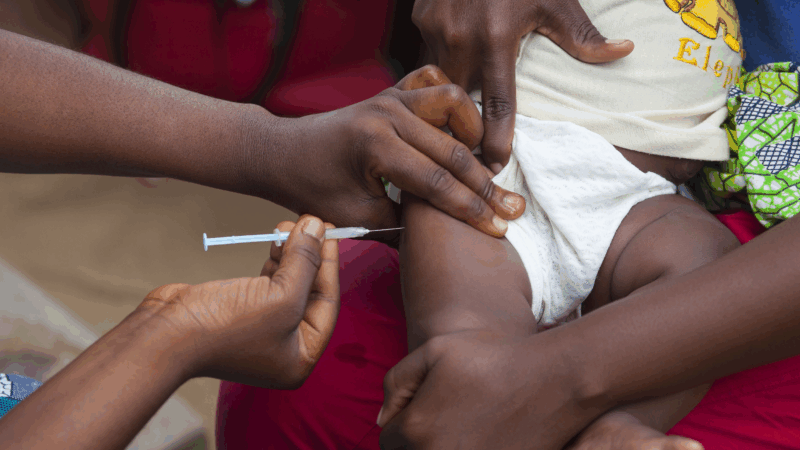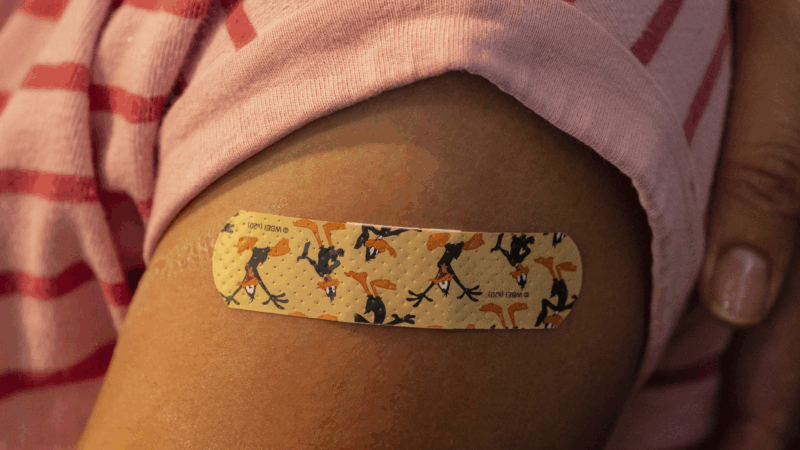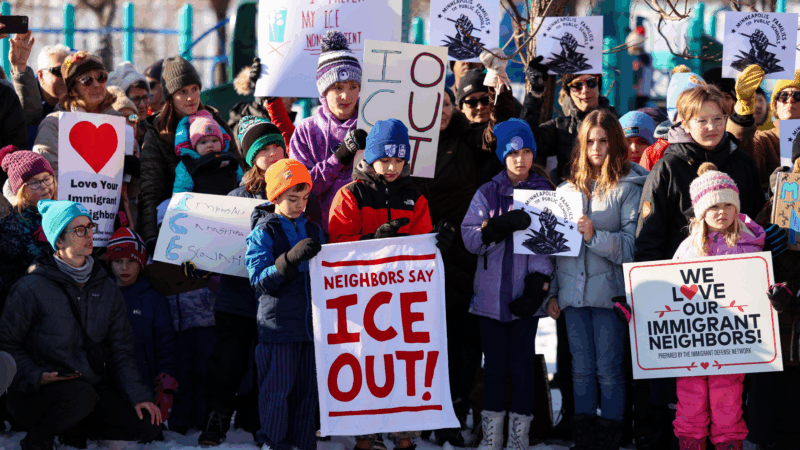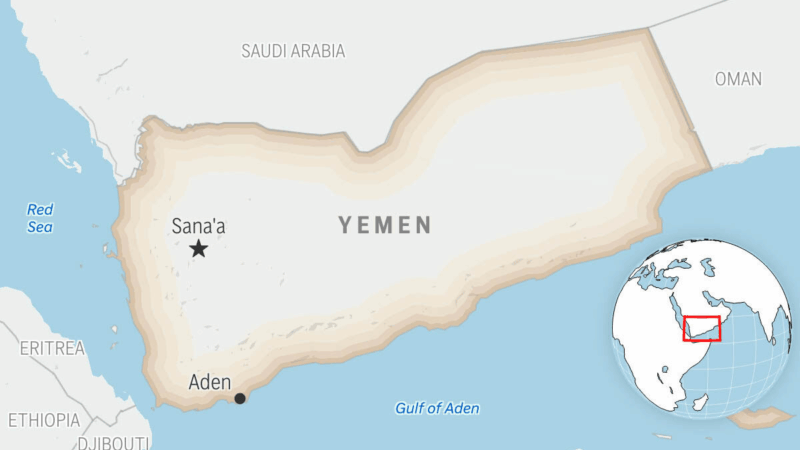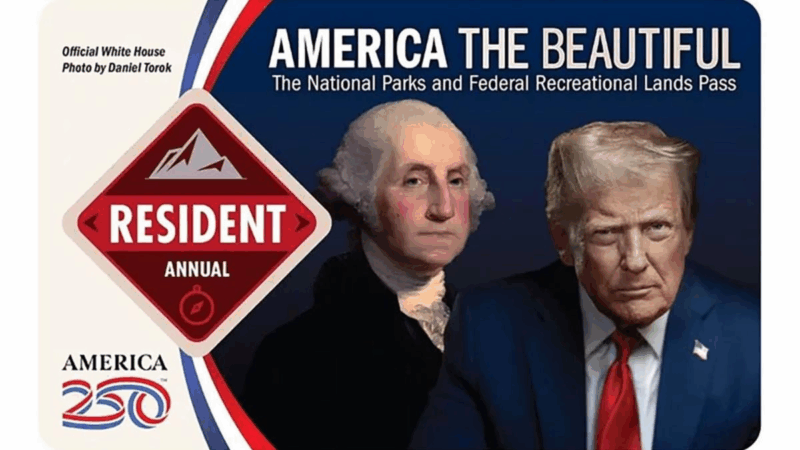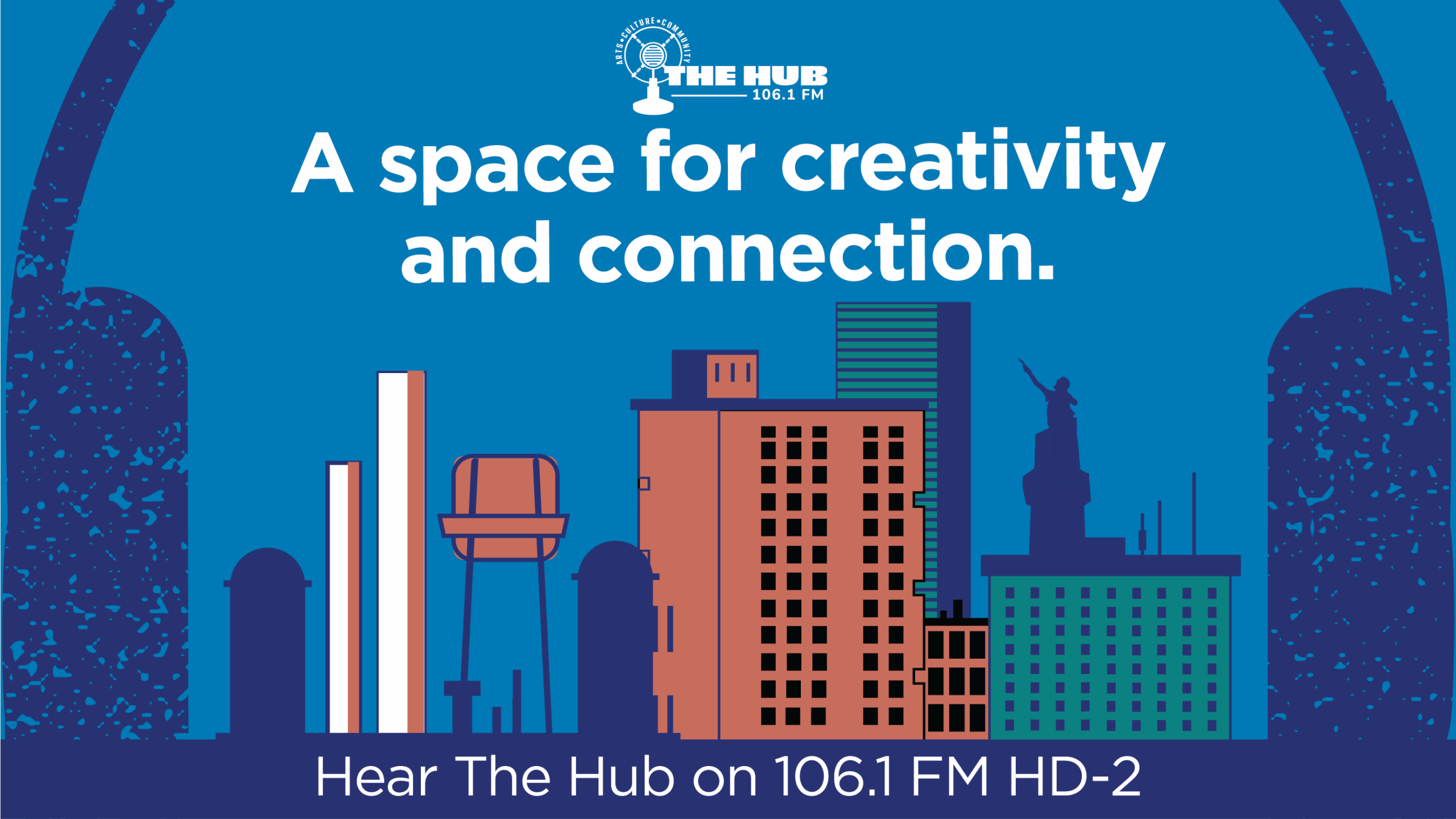Charter Schools: Do They Work?
There are nearly 5,000 charter schools across the country. They educate more than 1.5 million students. And President Obama wants more. But do they work? There are a handful of charter schools in wealthy communities and, perhaps not surprisingly, they tend to have high test scores. But most charter schools are in low-income, often minority neighborhoods. How do they fare? WBHM’s Tanya Ott has our report.
Caroline Hoxby graduated from Harvard, Oxford and MIT, so she knows a bit about good education. As an economist at Stanford University she also studies education outcomes, and for the past few years she’s had her eye on Charter Schools.
But back Caroline Hoxby, the Stanford economist. She compared the test scores of New York City students who applied for and got into charter schools with those of their peers who applied for, but didn’t get into charter schools. And she found that charter school students improved significantly more in math and reading than their counterparts. To be precise, they closed the achievement gap by 87% in math and 67% in reading.
“Those are really big numbers, but it isn’t a silver bullet. It’s not that you send a student for one year to a charter school and all of the sudden they’re performing at the same level as students from an affluent background.”
In fact, Hoxby tracked students from kindergarten through 8th grade. She says at the high school level, attending a charter school raised the probability of graduating by an average of 7% a year per year. Meaning student who attended a charter high school for four years were 28% more likely to graduate than their peers at a traditional public high school.
“In many big cities, like the one we’re sitting in Washington DC, the public charter schools are the best schools. Same with Boston, New York, Denver, Houston.”
Jay Mathews is an education reporter for the Washington Post. He’s written a book called Work Hard, Be Nice – about a specific charter school program called Knowledge is Power or KIPP. There are more than 60 KIPP charter schools across the country. Mathews talked about KIPP with Michelle Martin of the NPR program Tell Me More.
“I look at schools in one parameter which schools are doing the best job in raising the achievement of kids. Which schools have kids coming in, as the KIPP schools do, at about the 30 percentile in the 5th grade and they leave in the 8th grade in the 70th or 80th percentile in math or reading. That rarely happens, but in some of these charter groups, particularly KIPP they’ve made that happen. And it’s really unleashing the power of great teachers.”
But, Mathews warns, that’s when charter schools are done right. Another group of Stanford researchers – a group called CREDO – or the
Center for Research on Education Outcomes — examined the standardized test scores of more than a half million kids attending charter schools in 16 states. They compared their results to kids from traditional public schools like the ones the charter school kids would have attended. Ken Surratt is CREDO’s assistant director.
“Charter school students lagged compared to their traditional public school peers in both math and reading.”
CREDO’s study found that 17% of charter schools outperformed the traditional public schools. But 46% performed about the same at the traditional public schools, and 37% performed worse. Some of them much worse. In the south, Florida and Texas charter schools showed significantly lower learning gains.
CREDO also studied New York City school in-depth, and like Caroline Hoxby, they found that charter school students in New York perform better than their peers at traditional public schools. Surratt says that’s because of the way the charters are managed.
“They are assessing performance. They have clear performance criteria that they use. There’s a Charter School Support Center. And it’s been embraced by the mayor, by the head of the schools so it has that buy-in.”
Buy-in is not something that comes easy in Alabama. Last month the legislature killed a proposal to legalize charter schools. Governor Bob Riley says that was a major reason the state didn’t get any of the recently announced Race to the Top federal education money. Tomorrow on our program we examine the politics behind the fight over charter schools in Alabama.
RFK Jr. cast doubt on a key vaccine. This country can’t wait to get it
The U.S. is cutting the Hepatitis B vaccine from its recommended list. But here's a place where the medical establishment — and a rapper — are eager to obtain it.
The CDC just sidelined these childhood vaccines. Here’s what they prevent
The childhood vaccines that the CDC is dropping from the recommended scheduled have successfully beat back illness and death in children from rotavirus, hepatitis and other pathogens.
Federal agents shoot 2 in Portland after an ICE agent killed a woman in Minneapolis
Officials are calling for transparent investigations into controversial shootings involving federal agents. Here's a recap of the latest developments in Portland and Minneapolis.
Yemen’s Southern Transitional Council says it will dissolve after its head fled to UAE
Yemen's Southern Transitional Council and its institutions will be dismantled after weeks of unrest in southern areas and a day after its leader fled to the United Arab Emirates.
National Park Service will void passes with stickers over Trump’s face
The use of an image of Trump on the 2026 pass — rather than the usual picture of nature — has sparked a backlash, sticker protests, and a lawsuit from a conservation group.
Hiring slows in December to end the weakest year of job growth since the pandemic
U.S. employers added 50,000 jobs in December, according to a report from the Labor Department Friday. Measured annually, job gains in 2025 were the slowest since 2020.

